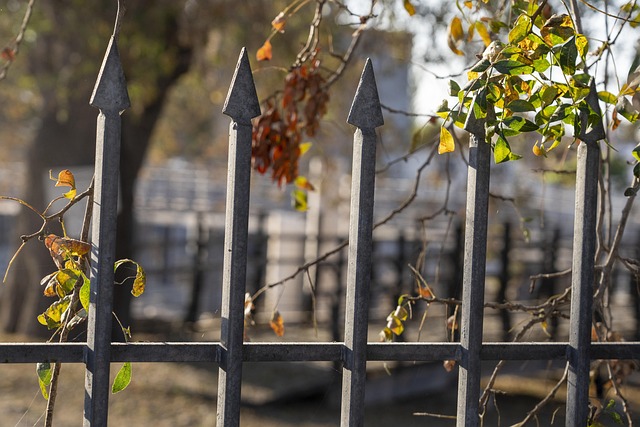For New Bedford, Massachusetts homeowners considering a DIY fence installation, navigating regulatory hurdles and selecting the perfect design are crucial first steps. This article equips you with essential knowledge on understanding local fencing regulations and choosing the ideal fence for your yard. We provide a detailed guide on measuring and planning your installation, ensuring a solid foundation. Then, we offer a step-by-step assembly process, empowering you to complete your project successfully and effectively.
- Understanding New Bedford's Fence Regulations
- Choosing the Right Fence for Your Yard
- Measuring and Planning Your Fence Installation
- Step-by-Step Guide to DIY Fence Assembly
Understanding New Bedford's Fence Regulations
Before installing a fence in New Bedford, Massachusetts, it’s crucial to understand local regulations and building codes. These rules are designed to maintain the aesthetic and safety standards of the city. Homeowners should check with the New Bedford Department of Planning and Development to gather necessary permits and ensure their fence design complies with height restrictions, material guidelines, and set-back requirements.
Understanding these regulations early on can save time and avoid costly fines. Fences must often align with property lines, so a survey might be needed to determine accurate measurements. Additionally, the city may have specific rules about fence materials, such as requiring certain types of fencing for safety or aesthetic reasons.
Choosing the Right Fence for Your Yard
When it comes to choosing a fence for your New Bedford yard, consider both aesthetic appeal and functional needs. Start by evaluating the purpose of your fence—is it for privacy, security, or purely decorative? Different types of fences serve different purposes; for instance, a tall wooden fence provides ample privacy, while a low hedged fence offers a more subtle border. Climate is another factor; resilient materials like vinyl or treated wood are ideal for Massachusetts’ unpredictable weather. Think about your yard’s layout and the style that complements it best—a traditional picket fence might suit a charming suburban home, while a modern metal fence could enhance a contemporary design.
Measuring and Planning Your Fence Installation
Before you begin installing your new fence, careful measurement and planning are crucial steps to ensure a successful project. Start by examining your property lines and identifying where you want the fence to be located. Use measuring tape to take accurate dimensions of the perimeter or specific areas where you plan to install the fence. Consider factors like existing structures, trees, or other obstructions that might affect the layout.
Create a detailed plan by sketching out the layout on paper or using fencing software if available. Decide on the type and style of fence best suited for your needs and property. Measure and mark the posts’ locations according to your design, ensuring they align with local building codes and provide adequate support for the fence panels. Planning ahead will save you time, effort, and potential headaches during installation.
Step-by-Step Guide to DIY Fence Assembly
To assemble your fence, start by laying out the posts and ensuring they are evenly spaced according to your design. Dig holes for each post using a post-hole digger, making sure they are deep enough to support the length of your fence. Insert the posts into the holes, level them up, and use concrete to secure them in place. Allow the concrete to set completely. Once dry, attach the rails to the posts using brackets, securing them with screws. Connect the pickets or panels to the rails, ensuring they are tightly fitted and even. Double-check all connections for stability before moving on to the next section.
